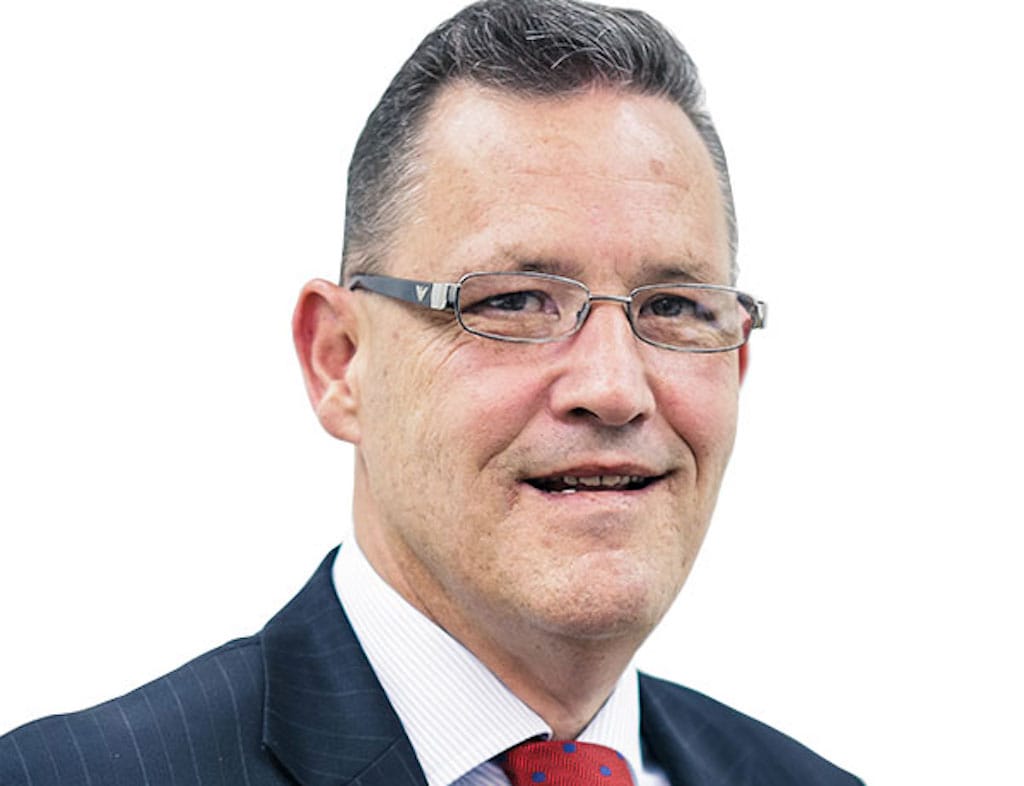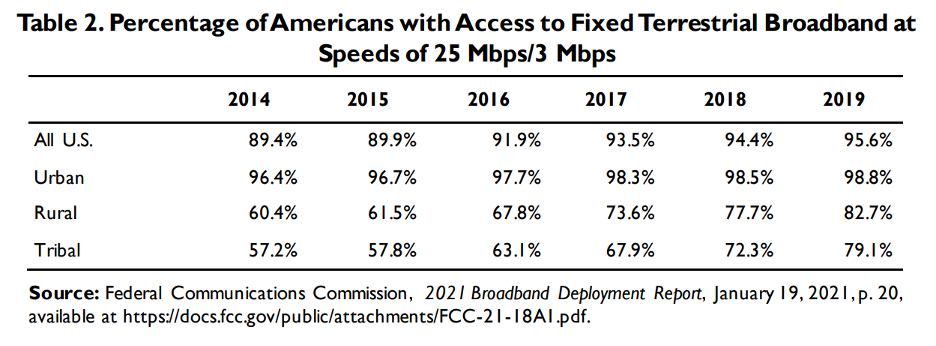Paul Atkinson: Why Fiber Trumps Satellite When Bridging the Digital Divide
On the surface, satellite seems like the ideal way to close the rural-urban digital divide.

The Grand Canyon in Arizona is 18 miles across at its widest point. The only thing wider is the digital divide between the state’s rural and urban areas. Roughly 99% of urban Arizonans have access to fixed terrestrial broadband services that deliver at least 25 Megabits per second (Mbps) down and 3 Mbps up, according to the FCC’s 2021 Broadband Deployment Report . Only 66% of its rural residents do.
Arizona isn’t an anomaly, either. Nearly 99% of all urban Americans have access to broadband versus 82.7% of rural residents.

This problem also is a business opportunity, which is why so many vendors and service providers are positioning their technology of choice as the best way to bridge the digital divide. The main contenders are satellite, fiber, Wi-Fi and fixed wireless access that uses 5G cellular. Each has its strengths and weaknesses.
For example, 5G FWA requires building hundreds of thousands of base stations in remote areas that might be home to only a handful of homes and businesses — a buildout that likely would take years and tens of billions of dollars. That’s a difficult investment to recoup and make profitable.
That’s simply not a viable business model, as a US Cellular white paper acknowledged: “ Our economics require approximately 500 subscribers to build a new tower, and we can’t assume that everyone will adopt the service. The cost of building and maintaining a tower in rural America can be nearly twice as expensive as building a tower in an urban area.”
Satellite and fiber have emerged as the top two contenders. On the surface, satellite seems like the ideal way to close the rural-urban digital divide because it doesn’t require hundreds of thousands of base stations. But satellite has its share of technological and business limitations, too — to the point that in August, the FCC rejected SpaceX’s application for Rural Digital Opportunity Fund (RDOF) subsidies.
FCC Chairwoman Rosenworcel questioned whether it was affordable to ‘subsidize ventures that are not delivering the promised speeds or are not likely to meet program requirements, especially when consumer would have to purchase a $600 dish.
Rural America’s high-fiber diet
The FCC’s rejection of SpaceX/Starlink is not a setback in bridging the rural-urban digital divide. It’s actually a milestone toward parity because it ensures that an unproven technology doesn’t divert scarce public subsidies from a proven one.
As Gary Bolton, Fiber Broadband Association president and CEO rightly stated, this is a huge victory for 640,000 families who were relegated to Low Earth Orbit Satellite service. They could have been redlined from being eligible for fiber broadband. There is now clarity and a path forward for fiber to bridge the digital divide.
Fiber has already proven its worth in rural America, where it has 23% of the broadband market and the highest customer satisfaction of all internet-access technologies, according to a 2021 Pivot Group study . By comparison, fixed wireless and satellite have only 10% and 6% penetration, respectively. Cable has the largest share of the rural market, but many customers find it lacking: One third say they want faster speeds.
In fact, broadband speed is a decisive factor when people are deciding where to relocate. According to the 2022 RVA Market Research & Consulting study “A Detailed Review: The Status of U.S. Broadband and The Impact of Fiber Broadband,” 47% of the people who moved to a rural area in the past year chose one where fiber-to-the-home service is available. That preference highlights how rural communities can use fiber to attract retirees, young professionals, families, entrepreneurs and other demographics looking to escape to the beautiful countryside.
Fiber’s 23% share of the rural broadband market also busts the myth that as a wired technology, it takes too much time and money to deploy in sparsely populated areas, including those with challenging terrain such as mountains. Another wired technology — electricity — overcame those challenges 86 years ago with passage of the Rural Electrification Act , which funded utility cooperatives that built out transmission and distribution networks to serve farms, ranches, small towns and other rural places.
Today, more than 250 of those co-ops have built or are planning broadband networks, according to the National Rural Electric Cooperative Association . Many have been in service for the better part of a decade — or longer. For example, in 2006, Blue Ridge Mountain EMC launched FTTH in Georgia. In 2019, it deployed a 7,000-foot line up a mountain, using drones to overcome challenges such as deep gorge and 100-foot-tall pine trees. In 2016, Elevate Fiber, a division of Delta-Montrose Electric Association, launched gigabit FTTH in two Colorado counties by overlaying fiber on its 4,000 miles of distribution lines.
Co-ops are just one example of how fiber isn’t just poised to bridge the rural-urban digital divide. It already is. That’s great news for rural Americans, who don’t have to wait on unproven, pie-in-the-sky technologies such as satellite.
Paul Atkinson is Chief Executive Officer of Optical Networks for STL. This Expert Opinion is exclusive to Broadband Breakfast.
Broadband Breakfast accepts commentary from informed observers of the broadband scene. Please send pieces to commentary@breakfast.media. The views reflected in Expert Opinion pieces do not necessarily reflect the views of Broadband Breakfast and Breakfast Media LLC.










